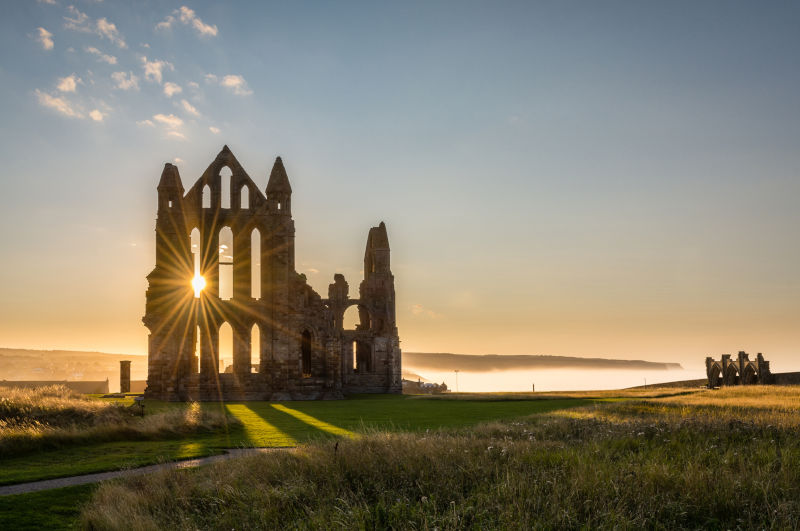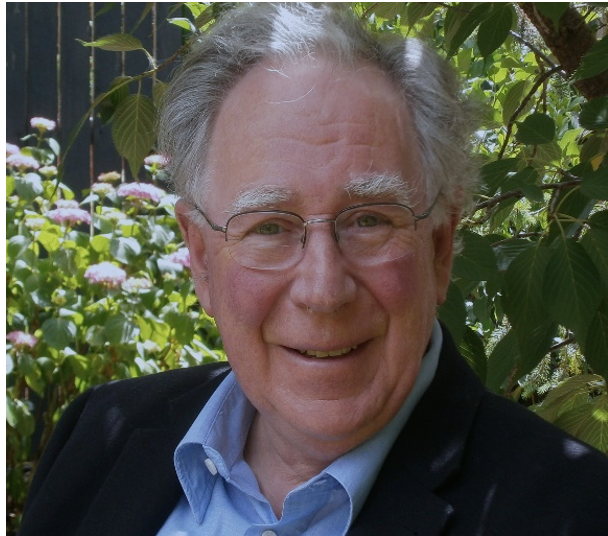One established church is enough
September 14, 2022
Just now we all need a rest from royalty. But whats gone unnoticed in media is how intimately connected the monarchy is to the Church of England.
One of the neglected titles in these days of royal over-kill is that her late-majesty was and his newly-minted-majesty is, by the grace of God, Defender of the Faith and Supreme Governor of the Church of England. In fact, unlike Australia, there is no separation in the UK between the head of state and the Established Church. Just in case Brits forget this, all UK coins are currently marked with the sovereigns name followed by D.G. Reg. F.D. and the year. That means Dei gratia Regina (or Rex), Fidei Defensor by divine grace, queen (or king), defender of the faith.
What is often forgotten is that the title Fidei Defensor was originally granted and received by two of the nastiest characters of the early-sixteenth century, Pope Leo X (1513-1521) and King Henry VIII (1509-1547). Henry, anxious to show-off his learning, published Assertio septem sacramentorum, Defence of the Seven Sacraments against Martin Luther in 1521. The work earned him the title Fidei Defensor from Leo X. Ironically, given later events, the book also contained a defence of papal authority and the indissolubility of marriage!
When Henry broke decisively with Rome in December 1534 over his marriage to Catherine of Aragon, the Act of Supremacy declared him supreme head on earth of the Church of England. In May 1559 under Elizabeth I, this was modified to Supreme Governor of the Church of England; this terminology has survived until today.
Another crisis regarding royal succession occurred in 1688. James II (1685-1688) was driven from the throne because of his absolutist pretensions and his Catholicism. His Protestant daughter Mary and her Dutch husband William of Orange were invited by parliament to take the throne. A Bill of Rights was passed which limited the power of the monarch and became the foundation of todays constitutional monarchy.
But there were problems. Neither Mary, nor her sister, Queen Anne, produced living heirs. The Act of Settlement, passed by parliament in 1701, decreed that all future sovereigns be Protestant. No Catholic, or anyone married to a Catholic, could rule and they had to swear to maintain the Church of England and after 1707, the Protestant church of Scotland. The Act further limited the power and prerogatives of the crown. So after the death of Anne in 1713, the throne went to George, Elector of Hanover, a distant Protestant relative, who became George I (1714-1727).
The Succession to the Crown Act of 2013 amended the law so that someone married to a Catholic could succeed to the throne and it also ended the system of male primogeniture whereby a younger son can displace an elder daughter in the line of succession. The Australian and most state parliaments passed similar legislation in 2015.
Charles III referred to this history in his first address when speaking of the sovereigns particular relationship and responsibility towards the Church of England the church in which my own faith is so deeply rooted. In that faith, and the values it inspires, I have been brought up to cherish a sense of duty to others, and to hold in the greatest respect the precious traditions, freedoms and responsibilities of our unique history and system of parliamentary government.
This reflects the views of the learned theologian Richard Hooker (c.1553-1600) in his Laws of Ecclesiastical Polity. Hooker, an archetypical Anglican, stood midway between Puritanism and Catholicism. While the bible is normative, it doesnt give us explicit guidance for every circumstance in life. But the church exists in the real world and it requires according to Hooker practical governance and authority, and in sixteenth century England where everyone is (or should be) Anglican, that is precisely what the monarch provides.
Subsequent history has modified Hookers stance and one has to question its application in a modern, multi-religious UK. Thats probably why Charles has spoken of being Defender of Faith rather than Defender of the (churchs) Faith.
Whats the state of the contemporary Church of England of which Charles III is now supreme governor?
It comprises 44 dioceses led by the archbishops of Canterbury and York. The church is funded by the Church Commissioners who manage an investment fund of 10.1 billion. The archbishops of Canterbury and York and 24 other bishops sit in the House of Lords. All bishops and cathedral deans are appointed by the monarch on advice from the Prime Minister. Names are put to the government by the Crown Nominations Commission. This reminds us of the famous scene in Yes, Prime Minister when Jim Hacker has to choose a bishop and he concludes that they need a closet Christian, someone without strong views.
Nowadays the church has left the Hacker caricature behind. It has become increasingly evangelical and is moving away from its previous high church, Tory inclinations. Evangelicals emphasise the centrality of the bible, a Christo-centric, salvation-based faith that is outgoing and missionary. It also embraces womens ministry. Since 2017 four out of the nine bishops appointed in England have been women, including Sarah Mullally to the important diocese of London.
Today religion in Britain, particularly Christianity, is in decline. According to the 2018 British Social Attitudes Survey, only 38% of the population reported as Christian. No religion came in at 52%, Islam at 6% and other non-Christian beliefs at 3%. Breaking down the Christian numbers: 12% said they were Anglican, 7% Catholic, 2% Presbyterian, and other Christians 14.5%.
For several decades after the passing of the Church and Schools Lands Corporation Act in 1826 some thought that the church in Australia was established in the same sense as in England. Anglican historian Ross Border argued in 1962 that the church was established because it acted as official religion of the state, had privileges not shared by other churches and because its canon law and legal tribunals were part of the legal system of the colony. Similar arguments were produced by High Court Justice Owen Dixon in the infamous Red Book Case of 1948.
Nowadays in Australia church and state are separated and may it ever remain thus. The last thing we need is an established church.

